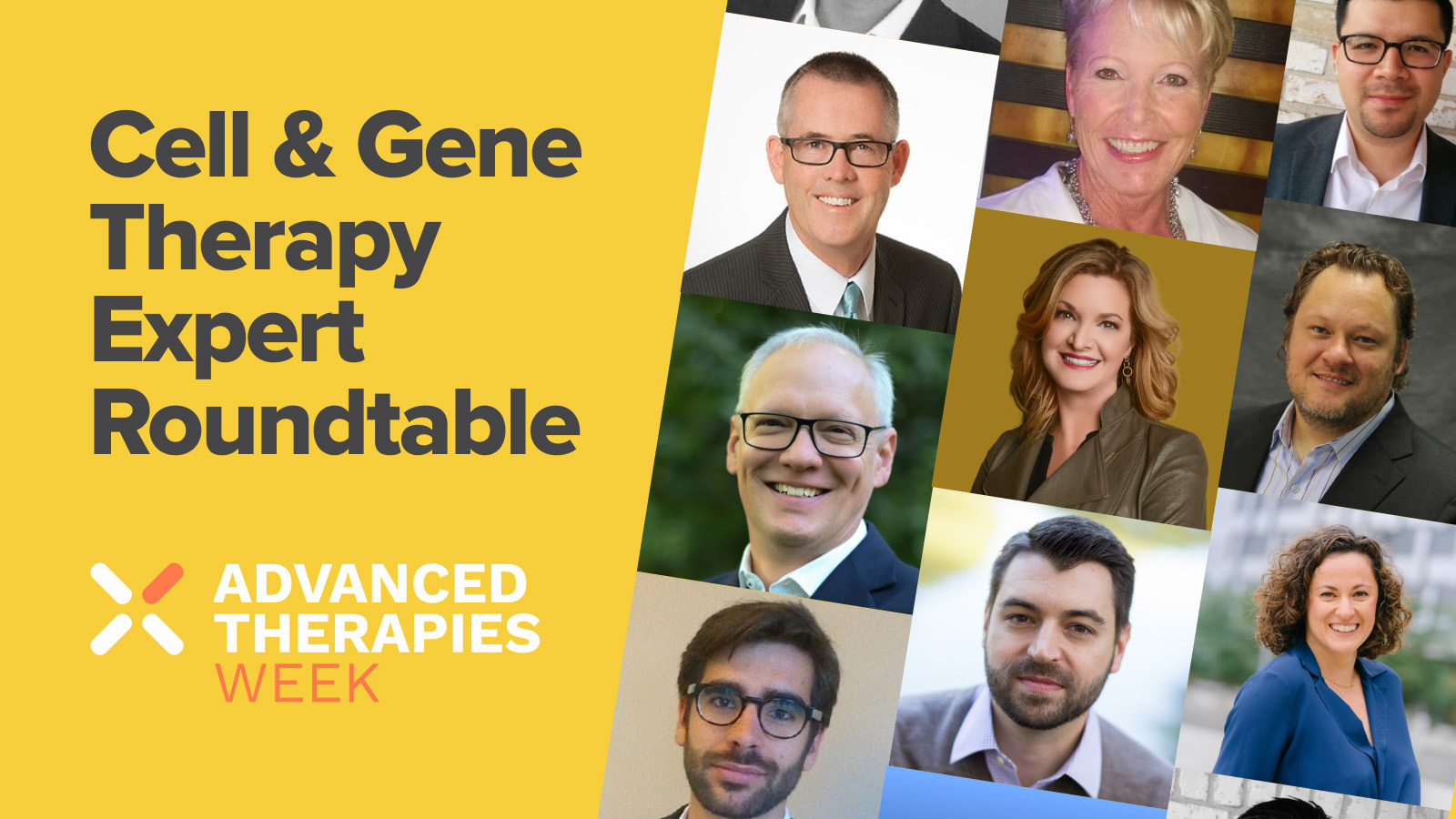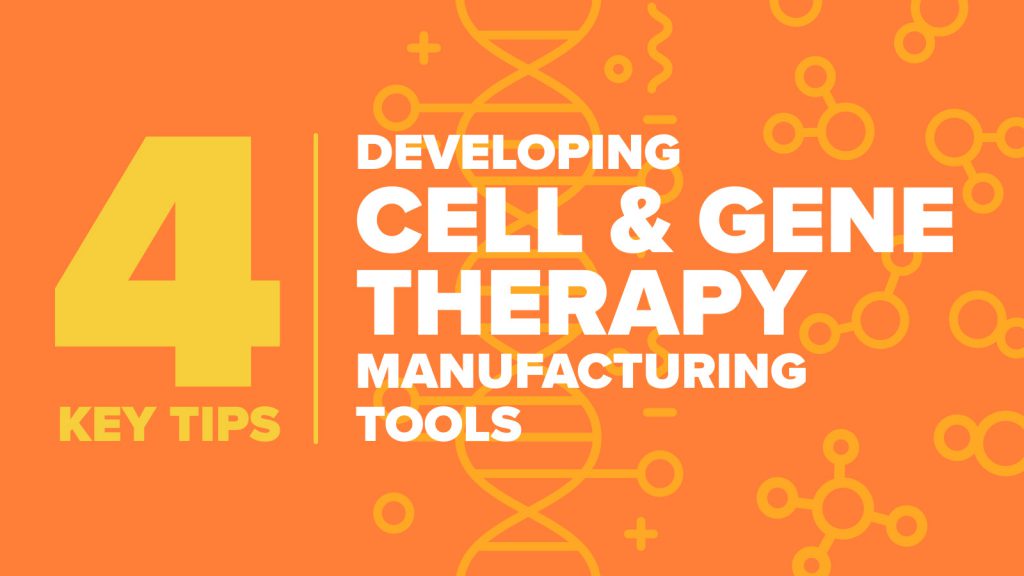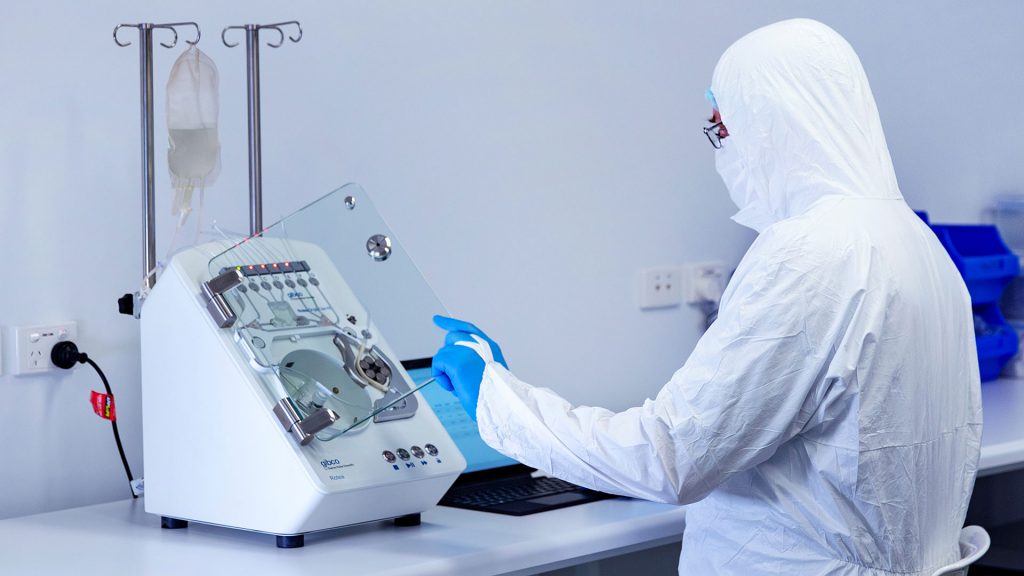
How to attract funding is one of the big questions facing companies in the cell and gene therapy sector. To dig into this topic, Planet Innovation held an exclusive roundtable at Advanced Therapies Week on ‘Strategies to Attract Funding for C> Manufacturing Tools’.
Chaired by Phacilitate Advisory Board member Susan Nichols, the guests included myself; Philip Vanek, CTO and Partner, Gamma Biosciences; Brian Feth, CEO, Xcell Biosciences; Jane Andrews, Founder and CEO, Cell Bridge Strategies; Antoine Espinet, CEO, MicroFluidX; Ella Korets-Smith, Chief Strategy Partner, Virica Biotech; J. Kelly Ganjei, President and CEO, AmplifyBio; and Joseph Valdez, VP, Business Development and Innovation, Stimulus Bio.
The wide-ranging discussion looked at various aspects related to funding, including how to use milestones, how to frame your value proposition, the importance of customer engagement, how to gather external data and how to find the right funding partner for your business.
For those who couldn’t attend, I have pulled together the key themes and valuable insights from our participants in the hope they can help others attract funding to their business.
The cell therapy industry is expanding
The advanced therapies industry is growing, presenting opportunities for both tools developers and investors. As Brian Feth, CEO Xcell Biosciences, highlighted: “The market for cell therapy technologies is expanding, in part due to academics, early-stage therapeutics companies, and CDMOs looking for the latest, differentiating technologies to enable faster and more consistent times to dose, better quality cells, and more automated workflow solutions.”
Make sure your technology solves a real pain point
One of the first things investors will want to know is ‘What problem are you solving?” This needs to be a real pain point, that is significant enough that users will be willing to try a new tool to address it. It sounds obvious, but many companies underestimate the degree to which people prefer to stick with the status quo, rather than adopt something new.
As Antoine Espinet, CEO of MicroFluidX, said: “Your competition is not just new, exciting products in development, but mostly what people are using today to do their tasks. Focus on pain points from these current tools / methods to build a product that creates value.”
Philip Vanek, CTO and Partner, Gamma Biosciences, also highlighted this: “Our conversation revolved around helping early stage companies really focus on their differential value proposition (as opposed to technical value proposition). I often refer to this “don’t tell me your What, tell me your So What”. Then, back that up with data. Also, there are some fundamental rules for life science tools innovators. If your technology adds a step to a process, or replaces a step in an existing process, you have to ask yourself if you are fighting the trend toward simplification. More steps equals more cost and complexity. Replacing a step? Better be a dramatic improvement because you are fighting the complacency and regulatory hurdle battle.”
Demonstrate traction with customers
Following on from the importance of solving a real pain point, was how to provide evidence of this to potential investors. You need to be able to demonstrate the value of your cell and gene therapy manufacturing technology in helping provide a better therapeutic. However, that is pointless if you’re users won’t adopt it and the market is not willing to pay for it. Doing voice of customer research allows you to validate your functionality, usability and market need. It provides the evidence funders are seeking.
As Ella Korets-Smith, Chief Strategy Officer at Virica Biotech said: “For tools developers/manufacturers, attracting funding is about demonstrating traction, not just the big ideas. They need to have reference clients or KOLs to show that their tool will actually be used and paid for by someone.”
Antoine Espinet said: “You need to demonstrate willingness to pay from your customers, not just willingness to try.”
Brian Feth also highlighted the importance of traction as a key takeaway from the session: “Investors are looking for solid evidence of traction, which can often come from early revenues or in-kind investments by strategics looking to capture an edge over competitors. In some cases, these deals can also come with non-dilutive or dilutive cash from investments tied to the collaboration. These are strong positive signals and can attract private investment dollars alongside.”
Attract the right investors for your company
Discussions also focused on what type of investors were most suitable to the various stages of product maturity and types of company.
As Philip Vanek put it: “You have to align your own capital needs with investors that are aligned to your space. There is smart money and dumb money, and there is a place for both, but make sure you know what you and your company needs, and be good stewards of that capital when you get it. It’s not a grant!”
Jane Andrews, Founder and CEO of Cell Bridge Strategies, said: “There is a mismatch between funding organizations and those needing funding. Many funding organizations do not have the technical knowledge to determine which companies have the “science & technology” that will be needed in the next 3-5 years as this industry evolves. The key will be to invest in technologies that have the potential to reach the patient faster.”
Final words of advice
Following the discussion, we asked attendees for their key piece of advice for cell and gene therapy manufacturing tools developers looking to attract funding. This is what they had to say.
Brian Feth: “In a market place being led by better approaches to automation, competitive moats enabling protectable differentiation are important. Time to market and efficient use of funds will be critical as funding timelines lengthen and partners and customers require greater instrument validation before committing to purchase. Revenues, committed strategic partnerships, and clear technology product-market fit will all be important signals to investors that the company is an attractive and ready to grow from an investment.”
Ella Korets-Smith: “Advice for funding is similar for all companies looking for funding: know what you need and what you would use it for, go after investors that match your company’s stage of development, cheque size requirements and sector knowledge; demonstrate traction and track record of saying what you will do and doing that.”
Antione Espinet: “With funders looking to see more product-market fit, the main focus should be on getting paid by customers in your main market. Not only will this help with cash flow, it will attract investors at higher valuations.”
Jane Andrews: “Develop manufacturing tools for automated closed systems that are affordable for researchers that are pre-clinical. This will speed up the academic transition to pre-clinical and clinical. Another word of advice would be to model systems after the blood industry so that full cGMP rooms are not required.”
Philip Vanek: “Know, and be able to communicate your value proposition from the first page of your investor memorandum. You need a 3 minute, 30 second and 3 second pitch on why you matter, what problem you are solving, and why someone with money should care. That opens the door. There will be time to answer the substantiating data question and your credentials question. Then make sure you are NOT adding complexity to a process, replacing a well-established / adopted process (unless you are a 10X-er), or have a solution looking for a problem. Define your ‘job to be done’ and do it better than anyone else. Prototype, ask questions, and don’t be afraid to pivot. You might be one postal code away from a brilliant solution and just need to ask the right questions to get to yes (from investors and customers). Finally, nothing speaks volumes more than repeat business, so go after customer adoption.”
Planet Innovation provides development and manufacturing services for cell and gene therapy manufacturing tools. If you’d like to learn more, please get in touch.








